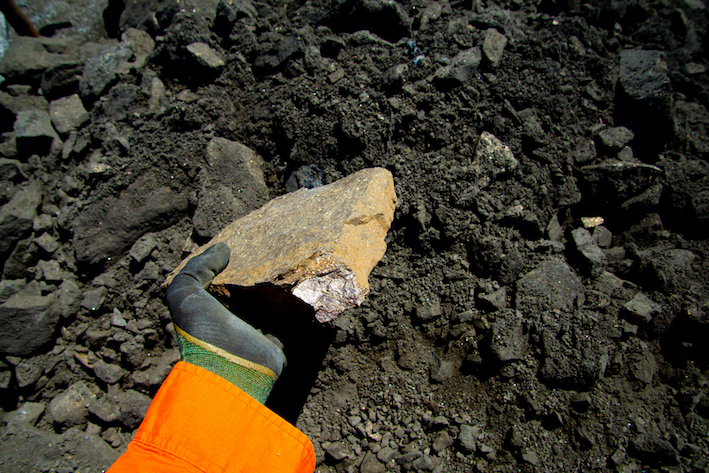With global demand for nickel set to the shift towards smart cities and clean energy, additional investments are needed to help the country’s nickel industry further develop its reserves and boost its production, the Philippine Nickel Industry, the Philippine Nickel Industry Association (PNIA) said.
PNIA President Atty. Dante Bravo said that establishing megacities and producing various renewable energy technology like electric vehicle (EV) batteries require nickel ore as a critical component.
The same material is also utilized to create stainless steel and manufacture clean-energy technologies including solar panels, power grid systems, wind turbines, and other new technologies, like hydrogen-based energy.
He added that currently, at $300 billion, the total value of investments in the EV industry alone can surge to $1 trillion within the next five years. China will mainly steer the demand for nickel, and to raise stainless steel appeal, the country should deploy an infrastructure investment plan, Bravo said.
The PNIA official added that with the help of additional investments, it will be possible for the nickel industry to significantly study, explore, process, and develop the nickel reserves in the Philippines, and fully take advantage of the increasing global demand.
Bravo mentioned that a considerably viable plant needs at least 100 million tons of raw nickel ore. Thus, further exploration and feasibility studies must be conducted to determine available nickel reserves.
PNIA believes that the country’s nickel industry needs a lot of support from the administration to enable its plan to lay out and for foreign investors to come in.
“We need to map out what we have and what we don’t have. Currently, we have the capability to mine nickel. Still, there is a whole value chain in value-added processing leading to the manufacturing of battery that needs to be enabled, guided by the right government policies and programs,” he shared.
The Philippines, alongside Indonesia, has essential reserves to meet the demand of the nickel market globally. Meanwhile, the country has only two existing operating nickel processing plants.
“Currently, we only have 34 nickel mines, and production is typically influenced by global nickel supply and price. Production in 2022 is at 29.2 million dry metric tons. Meanwhile, Q1 (first quarter) 2023 production is at 3.9 million dry metric tons.” Bravo explained.
“We can expect significant growth in production if we start to attract investments in mining exploration and there is a clear viable track towards value-added processing,” he added.
PNIA, through the Nickel Initiative Program, hosts discussions with the objective of advancing mining technology and transitioning toward value-added processing.
Attended by various government counterparts and stakeholders, the said initiative also attempts to promote a more competitive local mining industry, campaign responsible mining practices, and attract more investments.














